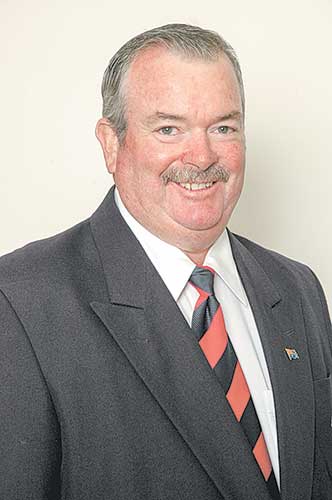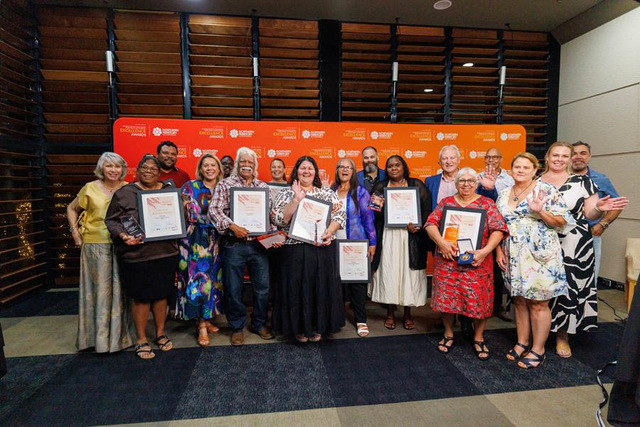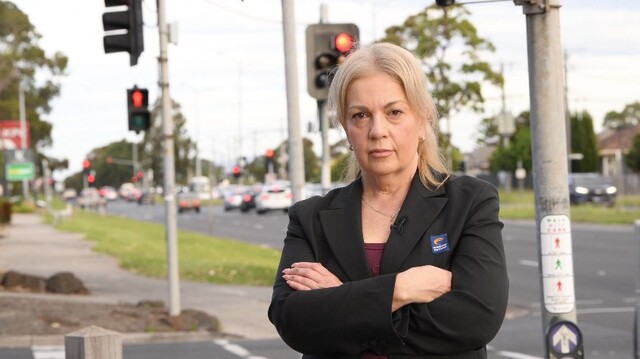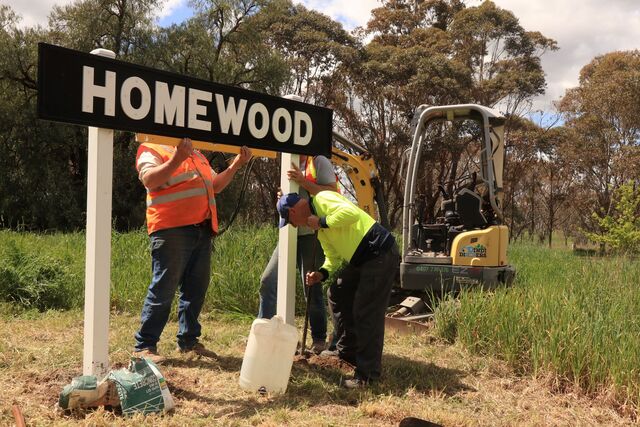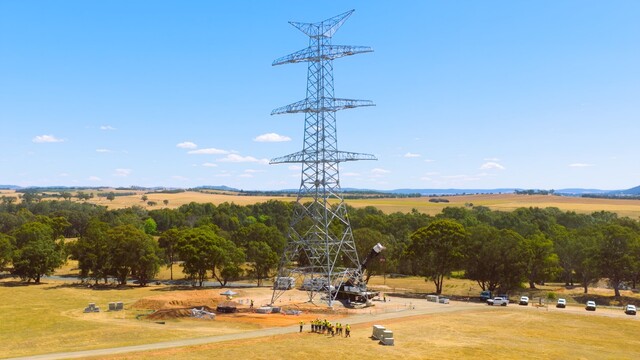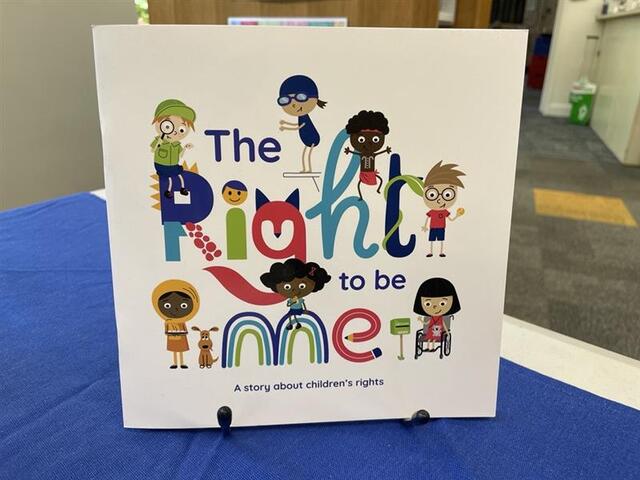Local Government NSW (LGNSW) held its annual conference from 19–21 October 2014 and the topic that dominated debate was the reform of NSW councils, and the package announced by the NSW Government in September aimed at enticing councils to talk to their neighbours about merging.
Like our Victorian, Queensland and Northern Territory counterparts that have all undergone drastic reform over recent decades, the NSW Local Government sector is now facing considerable change.
However, unlike the council mergers that were forced upon Victoria and Queensland, councils in NSW are facing a choice: do nothing and hope that the NSW Government doesn’t backflip on their ‘no forced amalgamation’ policy, or submit a proposal addressing criteria including ‘scale and capacity’, based on the Independent Local Government Review Panel’s Revitalising Local Government report.
Given the current political context, the 700 plus delegates at the LGNSW Conference were eager to hear the addresses from the NSW Premier, the Hon Mike Baird MP, and the Minister for Local Government, the Hon Paul Toole MP, on the reform package, which hinges on the concept of councils being ‘Fit for the Future’.
If councils wish to access the incentives that come with reform, including a total of $271 million set aside to help councils amalgamate, access to lower interest loans from a State Borrowing Facility, and more flexibility in setting their rates above the cap, they must submit their ‘Fit for the Future’ proposals by 30 June 2015, and of course have them approved by the State Government.
Councils have some self-assessment and serious thinking to do, not only in terms of their own operations and efficiencies but also, and most importantly, about what is best for their communities.
Councils should also reflect on what was not said at the Annual Conference by the Premier and Minister for Local Government.
While they were happy to talk of the need to ‘work together’ for a stronger NSW Local Government sector, they remained tight lipped on whether the NSW Government will stand by its ‘no forced amalgamations’ policy or whether this will change after the March 2015 State election.
Another key issue that was raised at the LGNSW Conference was the Federal Government’s freeze on the indexation of Financial Assistance Grants.
Delegates unanimously voted to lobby the Government to abandon its decision, which is now having a significant impact on NSW councils and the communities they represent.
At a national level, this freeze on the Financial Assistance Grants will impact Australian communities to the tune of $925 million over the forward estimates.
At a NSW level, we are facing a $288 million black hole over three years.
This is a national issue that demands a national response.
These untied grants are essential for all communities and have been a consistent commitment by all Federal Governments for 40 years.
They are a vital part of councils’ revenue base, particularly in NSW, as councils are constrained from increasing their own source of revenue by rate-pegging.
LGNSW is currently working with the Australian Local Government Association, and our State Association counterparts, to develop a strategic campaign to raise awareness of the importance of these untied grants to communities, and put pressure on the Federal Government to reverse its decision.
We must show the Government what the reduction in these grants means for individual communities and to articulate tangible and real examples of what this untied funding is used for – community services, community facilities, roads that our residents use every day.
This is what is at risk; this is what we need to be telling our communities, and
the Government.
Reverse the freeze on the Financial Assistance Grants or it will be communities that lose out.

